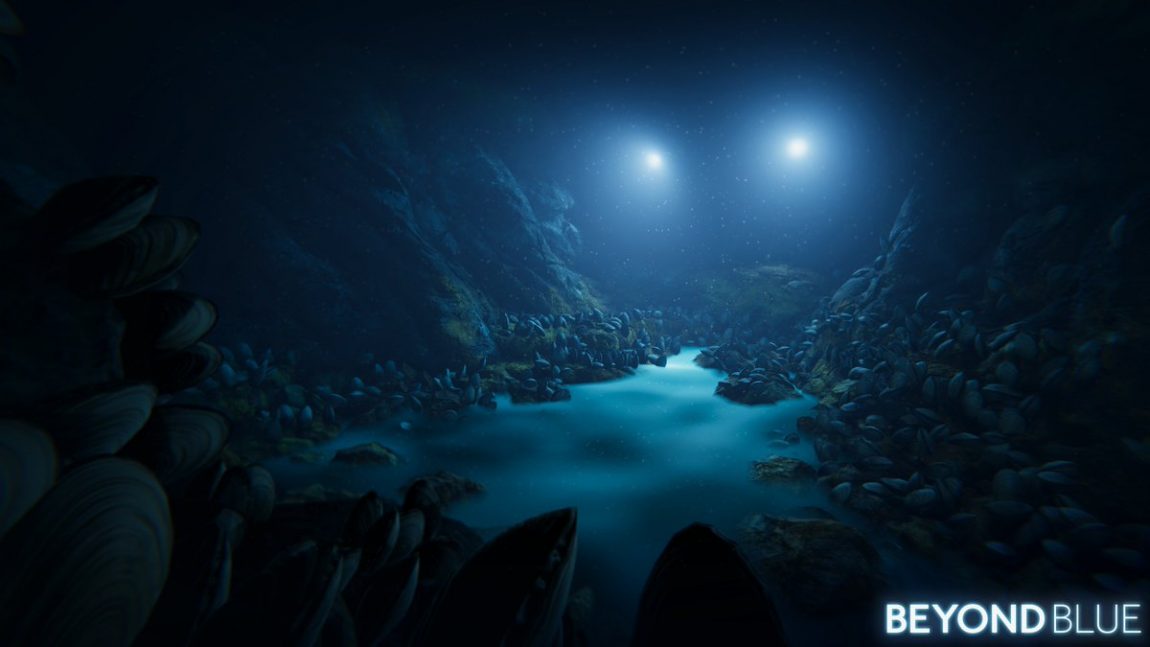The abyssal zone is a specialized layer within the ocean, forming a part of the greater pelagic zone. This region of the ocean is specifically located near the seabed and is characterized by extreme depths ranging between 4,000 and 6,000 meters (approximately 13,123 to 19,685 feet). The term “abyss” is rooted in the ancient Greek word “ἄβυσσος,” which translates to “bottomless.” This aptly describes the seemingly unfathomable depths of this oceanic zone. The abyssal zone is situated below the bathypelagic waters and is often considered as an extension of what is colloquially known as the “midnight zone.”
Notable Characteristics of the Abyssal Zone
Perpetual Darkness
One of the most defining features of the abyssal zone is its perpetual state of darkness. Sunlight is incapable of penetrating to these depths, thereby making this region devoid of natural light. This has led to the evolution of a unique set of bioluminescent organisms that have adapted to life in extreme darkness.
Pressure and Temperature
The abyssal zone experiences extremely high pressures, much greater than atmospheric pressure at sea level. This high-pressure environment can exceed 11,000 pounds per square inch. Moreover, the temperature in this zone hovers around 2 to 4 degrees Celsius (35.6 to 39.2 degrees Fahrenheit), making it a frigid environment.
Salinity
The salinity in the abyssal zone is generally constant and hovers around 35 parts per thousand (ppt), which is typical of most oceanic water.
Nutrient Availability
Despite its isolation and harsh conditions, the abyssal zone has a certain degree of nutrient availability due to the sinking of organic matter from above. “Marine snow,” consisting of detritus and organic particles, slowly descends to the ocean floor, providing a food source for various organisms.
Marine Life in the Abyssal Zone
Fauna
Life forms in the abyssal zone have evolved to survive in an environment with high pressure, low temperatures, and no sunlight. Many creatures here are bioluminescent, allowing them to attract prey or communicate in the eternal darkness. Examples include deep-sea anglerfish, abyssal sea cucumbers, and various types of worms.
Flora
Due to the lack of sunlight, photosynthetic plants cannot survive in the abyssal zone. Instead, the primary producers are chemosynthetic bacteria, which derive energy from the breakdown of chemicals like hydrogen sulfide emitted from hydrothermal vents.
Geology and Topography
The abyssal plain is the most common feature in the abyssal zone. It is a flat or gently sloping part of the ocean floor, covered in sediment. Occasionally, the monotony is broken by abyssal hills or hydrothermal vents, which bring mineral-rich water to the otherwise nutrient-poor environment.
Human Exploration and Research
Despite its inaccessibility, the abyssal zone has been the subject of numerous scientific expeditions. Submersibles and remotely operated vehicles (ROVs) are commonly used for exploration. However, the extreme conditions make research challenging and expensive.
Conservation Concerns
The abyssal zone is not immune to human impact. Deep-sea mining and trawling are two activities that pose a risk to the fragile ecosystems of the abyssal zone. The removal of minerals and the disturbance caused by trawling can have long-lasting effects on these deep-sea communities.
Conclusion
The abyssal zone is a fascinating but largely unexplored part of the Earth’s oceans. Characterized by extreme conditions such as perpetual darkness, high pressure, and frigid temperatures, it houses unique life forms adapted to survive in one of the most inhospitable places on the planet. Future research and exploration hold the promise of new discoveries that could broaden our understanding of life in extreme environments.





